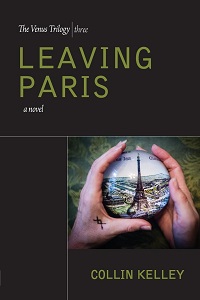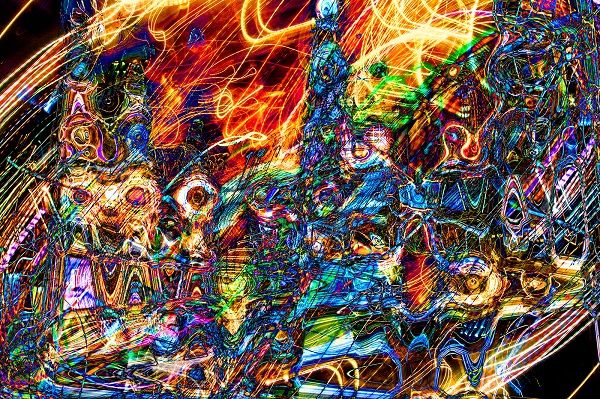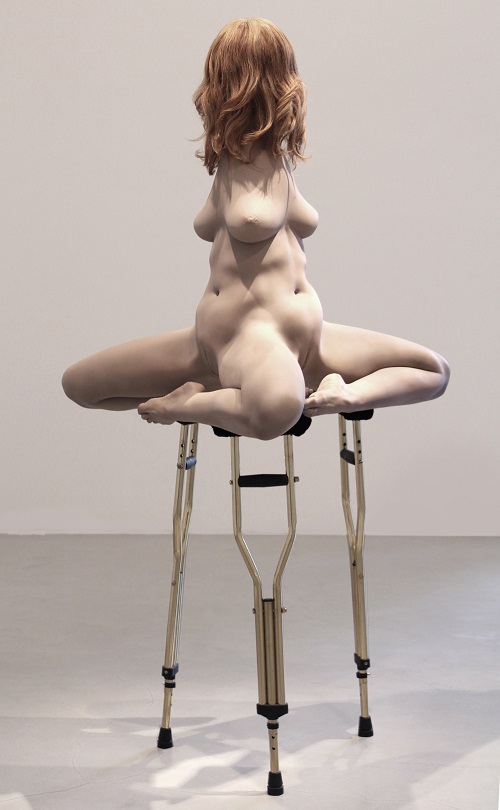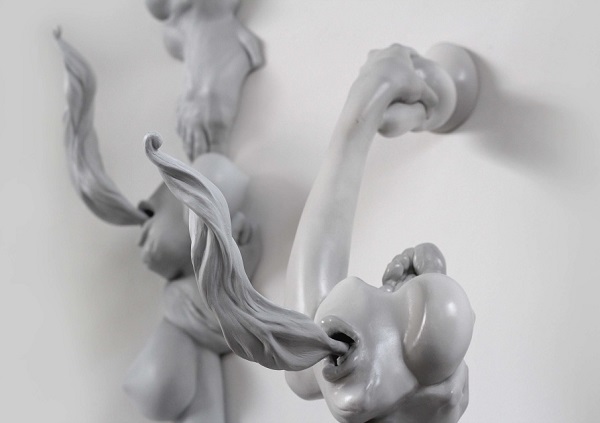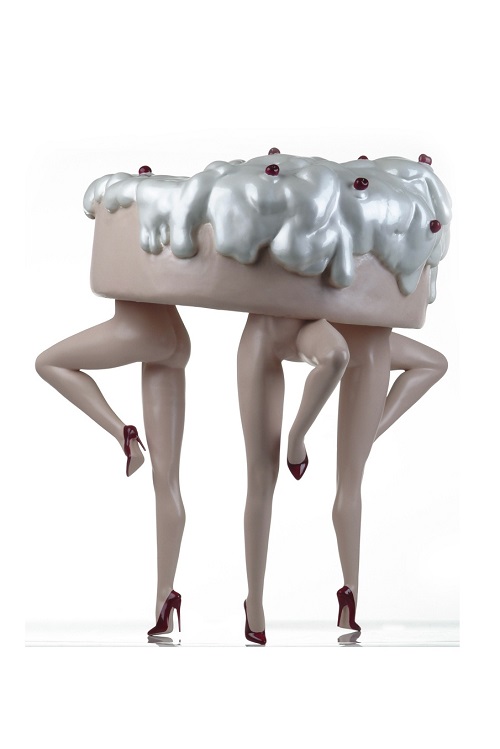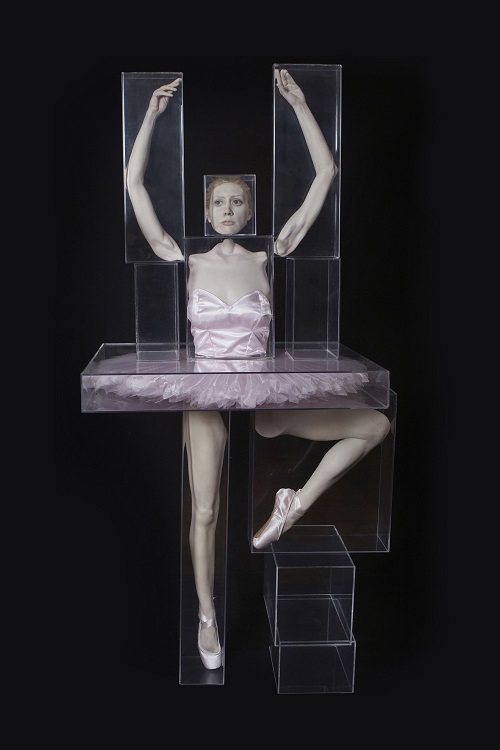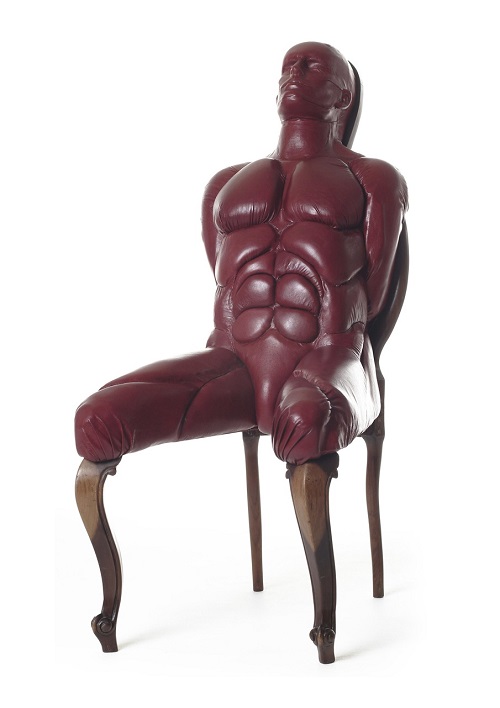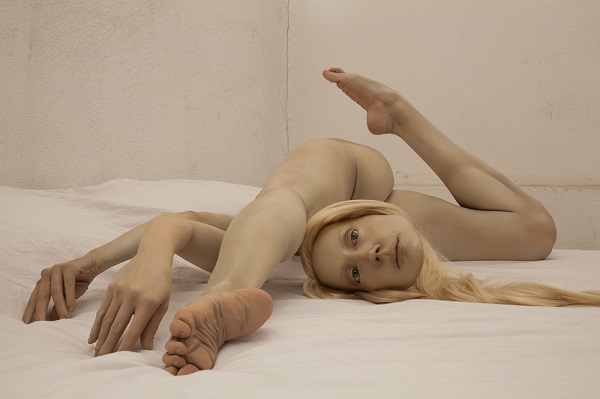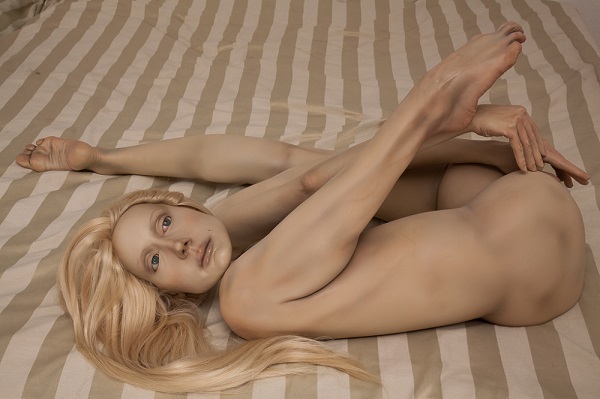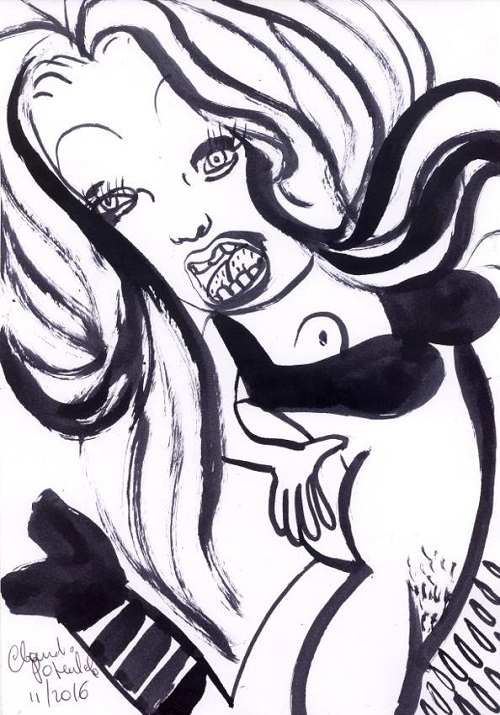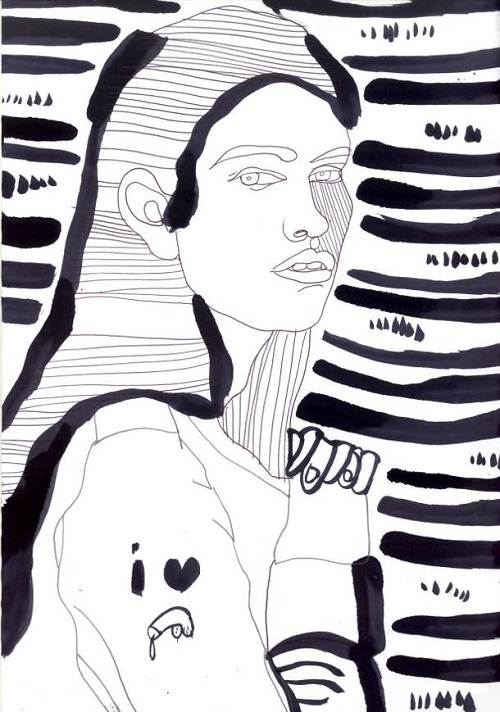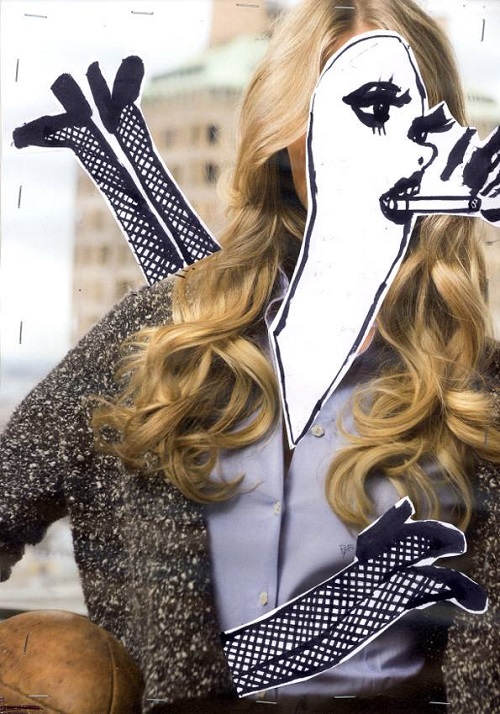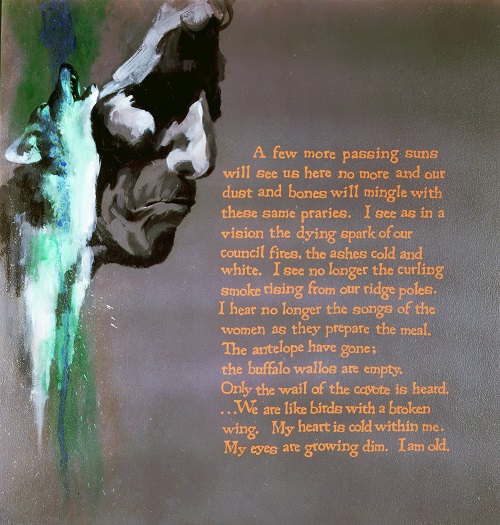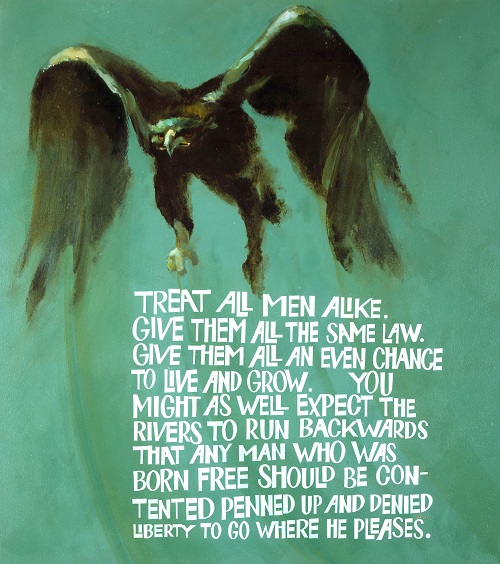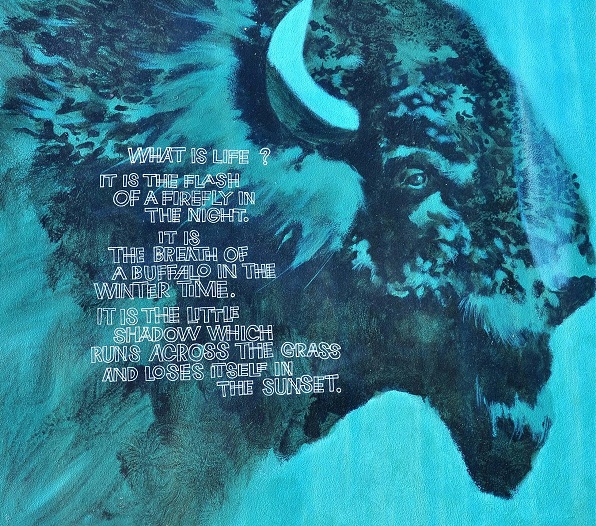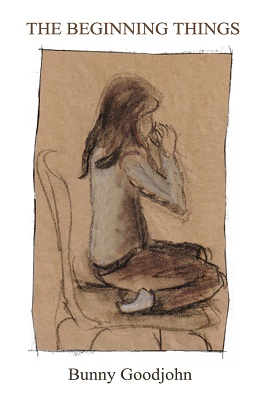 More details
More details
David: Your sense of and knack for character depth is excellent, enough to make me wonder if your cast is composited autobiographically, particularly in the case of Elaine – and even Tot’s, Elaine’s daughter’s, case. Please tell us about your characterization process. Where did this book come from?
Bunny: It came from unfinished business, from the questions raised by alcoholism and recovery, and from, shall we say, my own somewhat premature entry into the world of sex-masquerading-as-love. And I was lucky: I already had a cast of characters just begging to be given some new lines and situations. My first novel, Sticklebacks and Snow Globes, opened up the lives of the Thompson family, and its final chapter, while offering a resolution of sorts, seemed to leave a door open for deeper examination of family dynamics. So I handed Tot a box full of secrets and had her alcoholic grandfather move into the dining room. Then I just wrote what happened. I think I’m Elaine at heart.
David: The Beginning Things contains a good number of clever similes, which is obviously owed to your basic nature as a poet. (Or am I wrong about that?) Favorite examples: “[S]he gobbled up his sweet interest like a diabetic,” “she felt cold and pathetic, like an iceberg about to lose a chunk of itself,” “the smoke like a canopy of crows against the roof of her mouth,” and (one that belongs in the land of comedic author Tom Robbins or Douglas Adams) “the living room looked embarrassed, like a fat woman wearing a bikini and wishing she had packed her one-piece.” Does prose come to you more easily than poetry, or vice versa?
Bunny: And I can’t answer this without going back to metaphor. Both forms terrify me in too many ways. But it’s terror that forces me to the page, and it’s terror that makes me go to the spaces in my imagination that have to be explored. Poetry is the benevolent straitjacket. It’s the idea pinned down by form and wrapped up so tight in language it can’t help but confess. Prose is the padded room, a host of ideas bouncing off fiction’s walls: they collide, shatter and then heal into some kind of new cohesion. Neither come easily. But sometimes the experience of the padded room is heightened by slipping on a strait jacket.
David: Tot and Dan, who are granddaughter and grandfather, share a rather cute recurring inside joke of speaking in spoonerisms to each other. (“Tug of me” for mug of tea, “Dummy and Maddy” for Mummy and Daddy, “duddy bled” for bloody dead, “dittle larling” for little darling, “Dangrad” for Granddad – with the bonus of “Dan”.) While this gag by nature teeters on the line between clever and tedious, I think it’s part of the book’s charming abnormalcy and more proof of your own linguistic playfulness. Why the spoonerisms, and do they have a particular significance in Tot’s and Dan’s relationship?
Bunny: They’re the author’s indulgence. My father harnessed spoonerisms as affection. He isn’t a hugely demonstrative man and back then in the 1970s, he was almost remote. It was as if he struggled to find a way of communicating with his daughters. He relied on humor…but he wasn’t very funny. So when he began to spoon, I leapt on it as a form of shared intimacy. We could talk without the fear of talking. I could say, “I Yuv Loo” and he could say it back. With Tot and Dan, we have two unlikelies struggling to make sense of love and life. Tot is isolated by secrets, and Dan is lonely and scared inside his alcoholism. They lack intimacy in their lives, and out of necessity, they lean on each other as they struggle towards new ways of being. Spoonerisms are tedious. I think everyone else in the family were bored to tears by them.
David: While 12-year-old Tot holds her grandmother’s (Dan’s dead wife Millicent’s) cremated remains in a tea caddy, Dan tells her that there’s a set of words that can’t be spoonerized: “Dust to dust, ashes to ashes. Some things just can’t spoon, and there’s no getting around it.” This causes Tot to ponder the logistics of cremation and how it’s possible for fire to “turn a damp body into dust and ashes.”
She could accept the crematorium’s fire turning old skin and hair – even bones – to dust, but what about the dampness of flesh, of blood? And what about those really big bones? Like the pelvis? What about Grandma’s gold tooth? What about the screws from Grandma’s hip replacement? And the hip itself? Would it have melted and smooshes pink all over the ashes like plastic bottles did in the garden incinerator?
Unlike Hamlet’s fixation on the personalities and social statuses of the dusty dead, Tot focuses on the radical alteration of the dead body itself, giving the passage a very materialistic vibe. I always say that the blunt corpse is the best argument for nihilism, but Moby-Dick’s Ishmael insists that “Faith, like a jackal, feeds among the tombs, and even from these dead doubts she gathers her most vital hope,” contrasting Baudelaire’s final “the worm shall gnaw thy cheek.” Talk of corpses turned to dust, faith feeding in graveyards and hope in spite of gnawing worms.
Bunny: We’re such liars when it comes to death. We keep kids from funerals and placate ourselves with images of Rainbow Bridges and Pearly Gates. The dead are wrapped in white shrouds and graduate to angelic robes and wings. I’m not sure where I stand on the idea of what comes next, but whatever comes next, it comes after the reality of death: hard-fleshed, black-and-blue death. The body falls down and unlike the animals who walk away from or feed upon it, we hide it in boxes and cover it in flowers. If we knew death, we might love life more.
David: Dan’s foot phobia makes the fourth chapter stand out for me. Even the feet of his late wife horrified him. In fact, his disgust for feet is wrapped up in her cruel nature and apparent sadism. Now, I doubt that such a specific and odd detail isn’t cut from whole cloth, so where did it come from? Your own aversion, perhaps? As an outspoken female-foot fetishist (only visually, mind you) who finds intense sexiness in a woman’s feet, has made pedal lust a central part of his latest book and considers the feet to be the hands of the legs, I need to know.
Bunny: (Smile!) I hate all adult feet. Hate them with a vengeance. I bet I’d hate even Jude Law’s feet. My sister used to pin me down on the stairs with her feet. She would trap my skinny little neck between her big toe and the next one. I can see her with her pale legs and freckly calves. It makes me want to slap her – even today. I like paws and claws, and I even quite like little baby feet, but grownup feet make me heave. And we’re moving into summer and the season for flip-flops and cargo shorts and I just want to throw up. So, yes. My own aversion.
David: In chapter 17 you reveal the reason behind the novel’s title, the concept of “The Beginning Things,” which refers to the evolutionary process of romantic human intimacy: Asking Questions about Unimportant Things, Paying of Compliments, Asker Pays, the 90-day Walking Away and Thinking About Everything (which Tot truncates to The Month of Walking Backwards) – and, finally, Walking Back. Tell us how you devised this relationship primer.
Bunny: I’m ten years clean and sober and owe much of that to my following (obsessively, of course) a 12-step program. I was intrigued by the idea of clear directions and how they can be useful when we attempt to master new things. I mean, recipes have numbered steps; Google directions have numbered steps; in a way, each of our birthdays is a numbered step. And look at the havoc caused by assembly instructions for bookcases that rely on stupid exploded views and letters rather than on good old numbered steps. I knew Dan would be heading into the rooms of AA, and I wanted Tot’s “recovery” to mirror his experience somehow. So I had them both follow “steps.” Hence the dedication to “Bill” at the beginning of the book. Bill Wilson is a huge part of my own recovery.
David: Dan advises Tot to never “let [boys] know what you want up front” and to “never say ‘love’ to a boy.” I can’t help but link this to Elaine’s disgusted summation of men in the previous chapter, following Dan’s very inappropriate drunken sexual advances: “All of them fools, a waste of bloody space.” Often, a decent person’s fall from grace nauseates more than the predictable offenses of a jerk. That chapter ends with these telling lines: “It was easier this way. No arguments. No men in the game. No complications.” This contrasts the rather pleasant chemistry between Elaine and Simon, and, more starkly, your portrayal of kind, virginal, doting Keesal and his longing for Tot. For a long time Tot doesn’t reciprocate Keesal’s feelings: “[S]he had never thought of him as boyfriend material. Never. Never. Ever.” Oh, the agony of the world’s Keesals! Rakish Gareth Strands tend to be favored by Eros. In my experience, more men seek exclusive love, while more women tend to avoid monogamous – let alone matrimonial – situations. I found some validation for this insight when I read Hanna Rosin’s The End of Men a few years ago:
To put it crudely, now feminist progress is largely dependent on hook-up culture. To a surprising degree, it is women – not men – who are perpetuating the culture…Today’s college girl likens a serious suitor to an accidental pregnancy in the nineteenth century: a danger to be avoided at all costs, lest it thwart a promising future.
Though the aversion for the “good guy” has always been a bane for good guys (just as bimbos and femmes fatales have always outshined girls next door), is the non-monogamous thing a matter of only perspective, or has there really been a table-turning in men’s and women’s romantic sensitivities?
Bunny: I think this is just the natural swinging of the sexual pendulum. I was a teenager of the 1970s. I saw the pill not as a liberation from sexual repression but a liberation from potential pregnancy. I saw feminism and its fight for equal rights as a new and shiny possibility. I was sexually active because it was expected of me by men, and even with Germaine Greer in my corner, I couldn’t work out how to say no. “Seen and not heard”: that was the yoke placed upon me by family and working class sensibilities. As an educator in the early 2000s, I saw young women demanding equal billing with men on the sexual playbill. I think they got it. The pendulum swings. But it swings back, too: I fear feminism is now seen by young women as somehow unnecessary, an anachronism, an odd thing their grandmothers fought about back in the day. That scares me, that women might have sexual liberation today without the enduring benefits of equality.
I think I was a Bimbo Fatales. I knew nothing.
David: In A Short History of England G.K. Chesterton says “the past is not what it was,” and that line is the first thing I thought of after reading the following aphoristic line from the eleventh chapter of The Beginning Things: “Only those who have travelled too far from childhood define it as a place of simple innocence.” This is one of those statements that become more complex once they’re really considered. Is this similar to the still-popular myth of the 1950s as some golden and pure-snowy social era? Tell us more about this concept.
Bunny: By the time I was ten, I had learned many things:
How to avoid being singled out in the school playground and beaten with sticks and fists.
How to beat others with sticks and fists in order to escape being beaten with sticks and fists.
That women have to force small human beings out from between their legs.
That women bleed every month.
That boys wanted to touch my body and that some would do so whether I wanted them to or not.
That “almost-men” wanted to touch my body and that some would do so whether I wanted them to or not.
That the people I loved most in the world would die horrible and tragic deaths.
That the answers to the questions I needed answering would be given to me only when I had “grown up” and that until then, I would have to soldier on in silence and ignorance.
There is precious little innocence in childhood. I think it resides in adulthood under the pseudonym Denial.

